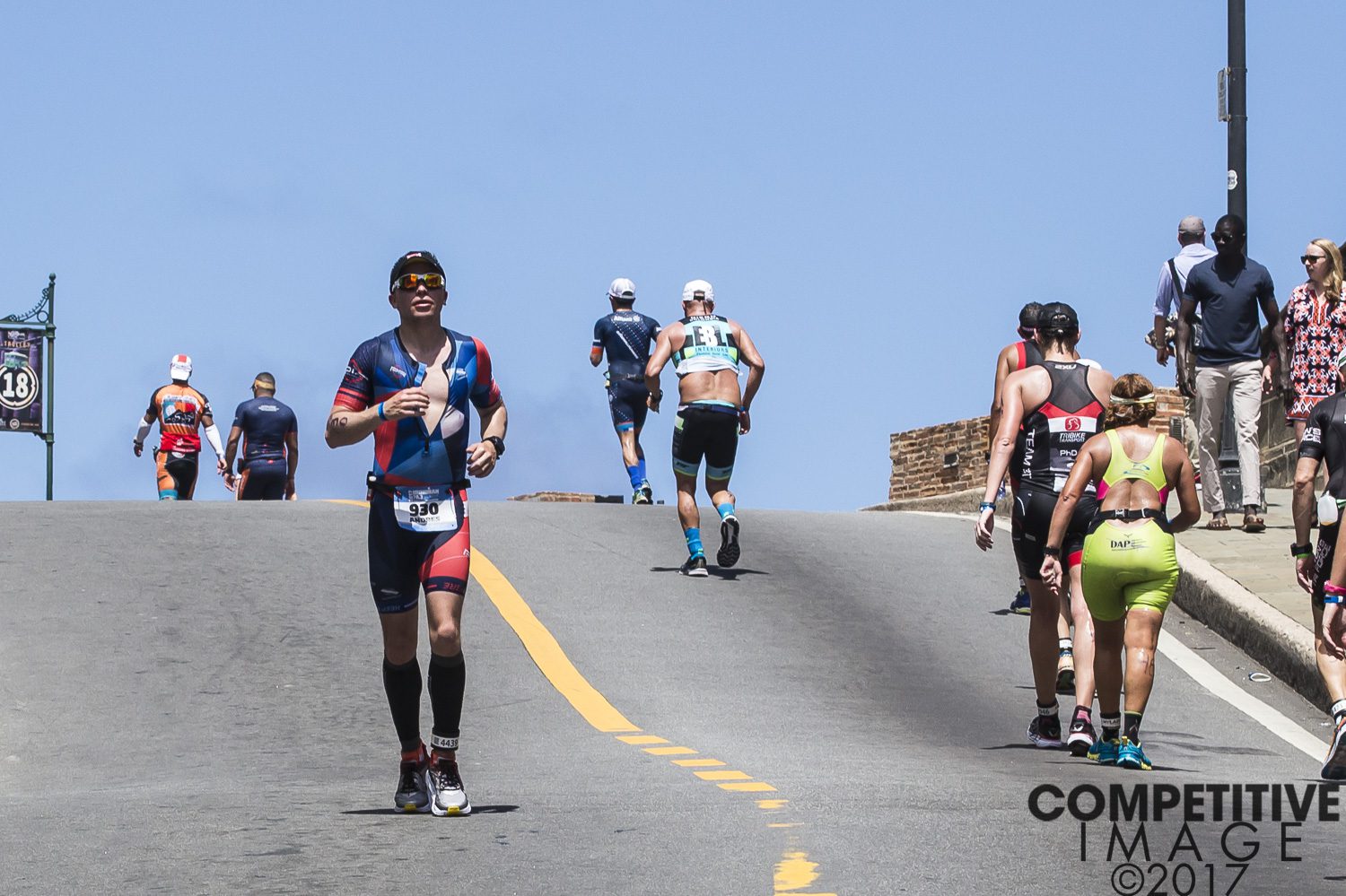Indicators of a successful workout
Coach Darian Silk breaks down the top indicators.

Are you practicing or just working out?
Before you try to answer this question, you might want to know the difference between the two.
If a training session helped you make progress towards your goals, it was a practice. If it didn’t, it was just a workout – lots of sweating and calories burnt but not much else.
For most beginning triathletes, you will see progress even if you are only working out. If you have little background in some or all of the three sports, then any time spent doing that sport will make you better. But once you have been doing this for as little as a few months your progress will probably stall.
Now it’s time to start making every training session count – by practicing and not just working out.
So how do you do that?
Target one or more physiological systems each session:
- This includes, but is not limited to the cardiovascular, muscular, digestive and nervous systems. You should be able to identify which system, or systems, you are emphasizing in each session.
Impose a specific stress (or several different stresses) on the target systems:
- Are you trying to develop muscular strength or endurance? Improve your VO2max or your anaerobic threshold? The stress(es) should be clear to help you measure performance and track progress.
Have a technical goal for the session:
- Technique matters. In addition to fitness, learn to move efficiently to perform at your best. Technical goals can be simple — keeping a certain cadence on the bike, or complicated — changing your hand position during the catch portion of your swim stroke.
Feedback is most useful during the session:
Being able to track your own performance during a training session allows you to make changes as you go to keep you on track. This might take the form of a pace time, speed or heart rate that you are supposed to maintain. For swimming, it might be a cue you can be alert for (or something you can measure, such as stroke rate or stroke count) to help guide technical change.
The above elements should be integrated in a balanced way
This is the hardest part of the process. Which system should be the target? How many stresses can you impose at once? Which systems can you target together? What technical goal should you pair with any given physiological goal? If a practice has too many goals you might fail to achieve any of them. If it has too few, your progress can stall. My advice for how to do this well – don’t try to do it alone. Other athletes, reputable websites or books or a good coach are all useful resources to help you design effective practices.
Follow these tips and hopefully you’ll always be practicing, and not just working out.
Darian Silk is a triathlon coach and Certified Exercise Physiologist based in Toronto. Read more about Darian at www.teamatomica.com or email him at darian@teamatomica.com.
